This article needs additional citations for verification .(July 2018) |
| |||||
| Decades: | |||||
|---|---|---|---|---|---|
| See also: | Other events of 1921 List of years in Spain | ||||
Events in the year 1921 in Spain .
This article needs additional citations for verification .(July 2018) |
| |||||
| Decades: | |||||
|---|---|---|---|---|---|
| See also: | Other events of 1921 List of years in Spain | ||||
Events in the year 1921 in Spain .
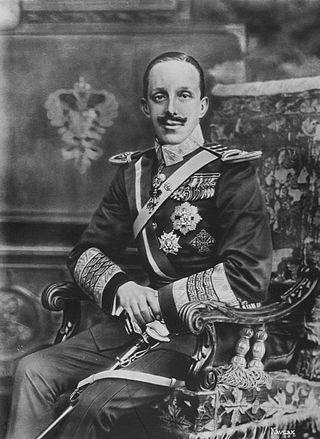
Alfonso XIII, also known as El Africano or the African for his Africanist views, was King of Spain from his birth until 14 April 1931, when the Second Spanish Republic was proclaimed. He became a monarch at birth as his father, Alfonso XII, had died the previous year. Alfonso's mother, Maria Christina of Austria, served as regent until he assumed full powers on his sixteenth birthday in 1902.
1921 (MCMXXI) was a common year starting on Saturday of the Gregorian calendar and a common year starting on Friday of the Julian calendar, the 1921st year of the Common Era (CE) and Anno Domini (AD) designations, the 921st year of the 2nd millennium, the 21st year of the 20th century, and the 2nd year of the 1920s decade. As of the start of 1921, the Gregorian calendar was 13 days ahead of the Julian calendar, which remained in localized use until 1923.
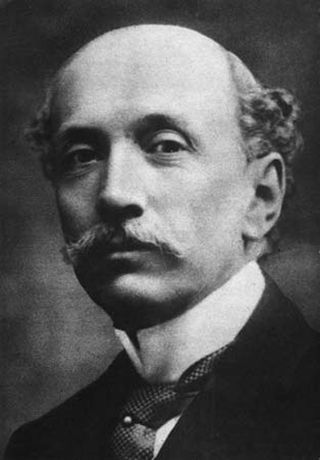
Eduardo Dato e Iradier was a Spanish political leader during the Spanish Restoration period. He served three times as Spanish prime minister: from 27 October 1913 to 9 December 1915, from 11 June 1917 to 3 November 1917, and from 28 April 1920 until his assassination by Catalan anarchists. He also held eleven cabinet ministries, and was four times president of the Spanish Congress of Deputies.
Ernesto de Zulueta e Isasi, Spanish Diplomat.
Eduardo de Zulueta y Dato was a Spanish nobleman and a diplomat.

The Pantheon of Illustrious Men is a royal site in Madrid, under the administration of the Patrimonio Nacional. It was designed by Spanish architect Fernando Arbós y Tremanti, and is located in Basilica of Nuestra Señora de Atocha in the Retiro section of Madrid.

Rafael Andrade Navarrete was a Spanish politician and lawyer.
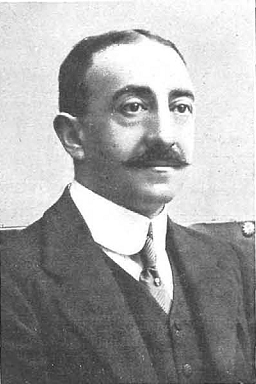
Manuel Argüelles Argüelles was a Spanish politician and lawyer. He served as Minister of Finance and Minister of Public Works during the reign of Alfonso XIII. He later served as Minister of Finance during the dictatorship of Miguel Primo de Rivera.
The Liberal Conservative Party, also known more simply as the Conservative Party, was a Spanish political party founded in 1876 by Antonio Cánovas del Castillo.

The Dukedom of Dato is a Spanish dukedom created on 21 March 1921. King Alfonso XIII of Spain created the Dukedom for María de Barrenechea whose husband, Eduardo Dato e Iradier, Prime Minister of Spain, had been assassinated on 8 March 1921.
The Reina Victoria Eugenia class was a class of three battleships of the Spanish Navy authorized as the Plan de la Segunda Escuadra under the Navy Law of 1913. The class, as well as the lead ship, were named for King Alfonso XIII's English queen consort, Victoria Eugenie of Battenberg. The other two ships were classified as "B" and "C". It was supposed to be designed by Vickers-Armstrongs, and built by John Brown. The ships were never built due to Britain's involvement in World War I, which halted all foreign projects being constructed in British yards.
Events from the year 1897 in Spain.
Events in the year 1904 in Spain.
Events in the year 1914 in Spain.
Events in the year 1915 in Spain.
Events in the year 1917 in Spain.
Events in the year 1920 in Spain.
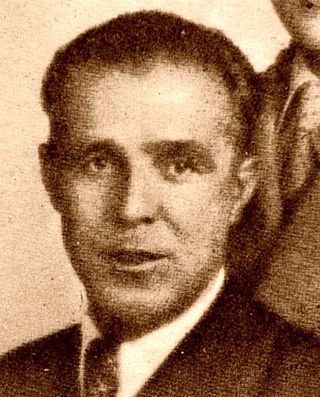
Gregorio Jover Cortés was an Aragonese anarcho-syndicalist and a member of the CNT during the first third of the 20th century. During the Spanish Civil War he was commander of the Ascaso Column and later the militarized 28th Division, which fought on the Aragon front.
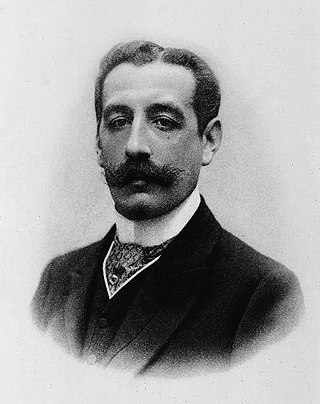
Vicente Cabeza de Vaca y Fernández de Córdoba, 9th Marquis of Portago (1865–1921) was a Spanish politician. A member of the Conservative Party, he served as Mayor of Madrid from 1902 to 1903 and as Minister of Public Instruction and Fine Arts in 1920.

Antonio Cánovas del Castillo y Vallejo, better known as Kaulak, was a Spanish photographer, art critic, editor and amateur painter. His uncle was prime minister Antonio Cánovas del Castillo, assassinated in 1897 by an anarchist, hence his use of a pseudonym; the meaning of which is unexplained, although the word appears to be of Basque origin.